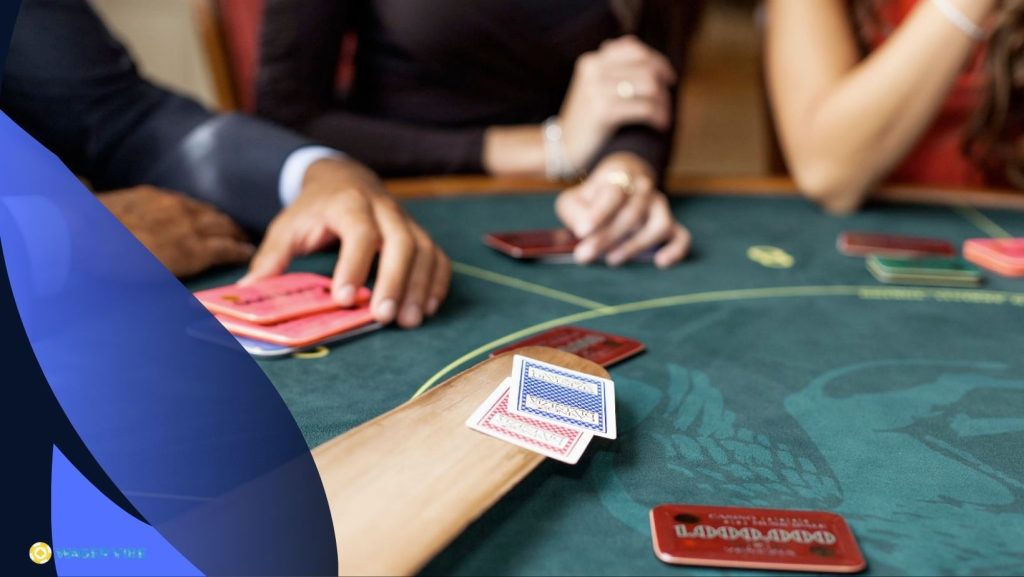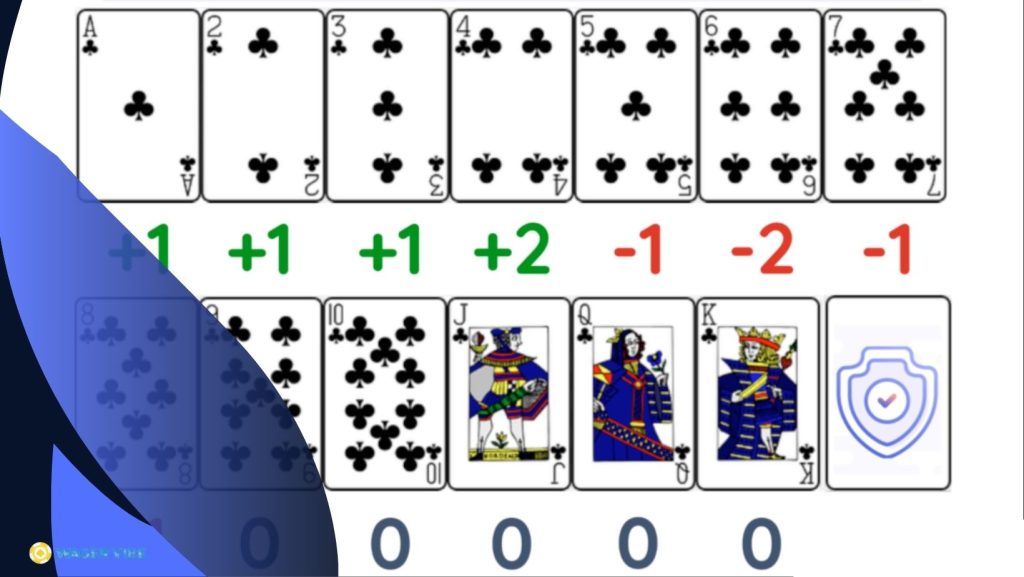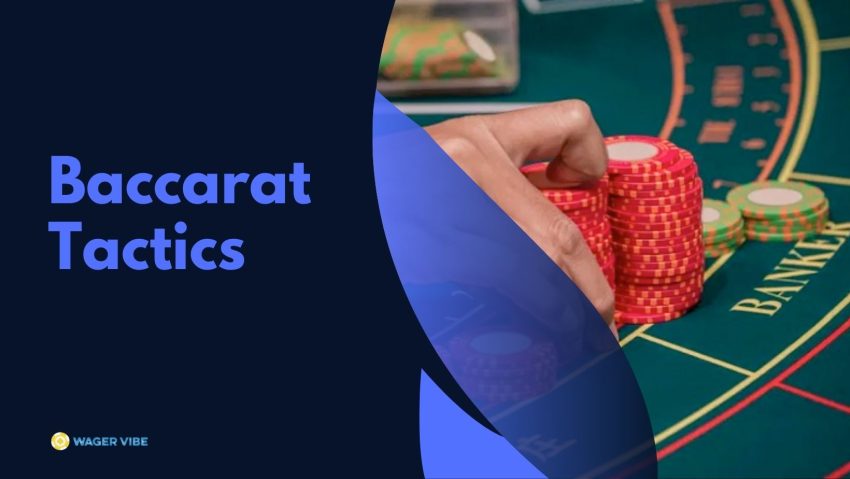If you’re new to casino table games, baccarat is a great option to begin with. Though the rules may seem complicated at first glance, baccarat is one of the simplest card games to understand and play.
The object is to predict which hand between the “player” and “banker” will be closer to 9 when the values of the cards are added up. You can also bet on a tie, but this occurs very rarely.
Each baccarat hand consists of two cards initially. Values of the cards are tallied by dropping the ten digits of any cards over 9. For example, a 10 and 8 hand would equal 8 points. Face cards and 10s have zero value in the point count.
Once you grasp the basics, you’ll find baccarat moves at a rapid pace. The set rules on when a third card is drawn remove much of the decision-making during play. This makes baccarat far less intimidating for casual gamblers compared to blackjack or poker.
Give baccarat a try on your next casino visit. The mixture of luck and simple strategy provides excitement without requiring extensive skill or practice to enjoy the game. You may find it becomes one of your favorites.
Understanding the Popular Punto Banco Variant
Punto Banco is by far the most widespread version of baccarat played in casinos today. Unlike other forms of the game, Punto Banco features set drawing and betting rules, creating a fast-paced game that’s purely based on chance.
The table has designated areas for betting on the “Punto” (player) hand or “Banco” (banker) hand. You can also bet on a tie occurring, though the payout is much less. As the dealer distributes the cards, you’ll need to understand key rules around card values and when the hands must draw a third card.
Here’s a quick reference covering the essential elements of Punto Banco:
| Game Element | Description |
| Card Values | Numbered cards are worth face value. Face cards and 10s have a value of 0. Aces are worth 1 point. |
| Drawing Rules | The player’s hand always draws first based on strict rules. The banker’s hand then draws depending on the player’s third card. |
| Betting Payout | Player and banker bets pay even money, minus a 5% commission on banker wins. A tie bet pays 8:1. |
With these basics down, you’ll be able to dive right into a game of Punto Banco. The preset rules create a fast flow of play, while still allowing you to utilize some basic betting strategies. Give this popular version of baccarat a try on your next casino visit.
Playing the Classic Chemin de Fer

Chemin de Fer offers a more old-school Baccarat experience compared to the popular Punto Banco version. True to its history as a glamorous game for high rollers, Chemin de Fer introduces an element of player control and decision-making lacking in other variants.
One player takes on the role of banker, with other players able to bet on either the banker or the punters (other players opposing the banker). The banker has the responsibility for playing their hand according to their style and strategy. Here’s an overview:
| Game Element | Description |
| Card Values | Standard baccarat card values apply. Numbered cards are worth face value. Face cards and 10s have a value of 0. Aces are worth 1 point. |
| Drawing Rules | The banker alone decides whether to draw a third card based on the player’s upcard. The punters play their hands according to fixed rules. |
| Betting | No official payout odds. Players are free to wager any amount they wish. Winning bets may owe a 5% commission to the banker. |
Chemin de Fer offers baccarat devotees an added level of nuance while maintaining the elegance and sophistication of the game. The dynamic created between punters and bankers creates a truly first-class gaming experience. Give it a try next time you want a taste of high-society baccarat play.
Decoding Card Game Baccarat Drawing Rules
While the core object of card game baccarat remains easy to grasp, the specific rules directing when a third card must be drawn add nuance and strategy to this popular casino game. Understanding these drawing rules is key to betting and playing casinos effectively.
Here is an outline of key drawing rules to keep in mind:
| Situation | Drawing Rule |
| Player stands on 6 or 7 | Banker stands on 6 or 7 |
| The player stands on 5 or less | Banker hits on totals of 0-5, stands on 6-7 |
| Banker has 7 | Banker stands |
| Banker has 6 | Banker hits if player’s third card was 6 or 7 |
| Banker has 5 | Banker hits if player’s third card was 4-7 |
| Banker has 4 | Banker hits unless player’s third card was 0-3 |
| Banker has 3 | Banker hits unless the player’s third card was 8 |
| Banker has 0-2 | Banker always hits |
Implementing Strategy for Punto Banco
As a game of pure chance, no strategy can overcome the built-in house edge when playing Punto Banco Baccarat. However, using some simple tactics can stretch your entertainment dollar and increase your enjoyment of the game.
Here are effective approaches to implement when playing Punto Banco:
| Tactic | Description |
| Bet Banker | With slight card drawing advantages, betting on the Banco hand offers the lowest house edge at roughly 1.06% |
| Avoid Tie Bets | Winning only around 9% of outcomes, the total 14.4% house edge makes this best the worst option |
| Set Loss Limits | Decide on a maximum amount you’ll wager before quitting to avoid chasing losses |
| Take Breaks | If losing consistently, walk away and return later with a clear head |
| Have Fun | Enjoy the thrill and fast action while following your strategy |
The structure and rules of Punto Banco limit player decisions during hands. By focusing on these proven tactics, you can eliminate mistakes, manage your money, and revel in the excitement Baccarat offers.
Implementing Strategy in Chemin de Fer
The classic Chemin de Fer variation allows greater opportunities for strategic play than highly structured versions like Punto Banco. Understanding key strategies can help whether you take on the crucial banker role or go against it as a punter.
Here are effective tactics to integrate into your Chemin de Fer approach:
| Tactic | Description |
| Mix Up Bet Size | Vary wager amounts instead of fixed betting to confuse tracking by the banker |
| Use Scorecards | Track previous shoe outcomes to detect patterns and adjust betting |
| Limit Tie Bets | Only wager on this very low probability outcome on occasion |
| Take Notes | Record banker Tendencies to detect drawing strategy patterns |
| Stay Alert | Pay close attention to revealed cards to anticipate optimal drawing decisions |
While Chemin de Fer revolves around entertainment like all Baccarat, implementing solid strategy raises your engagement when playing this classic game. Careful thought matched with enjoyment creates an ideal experience at the tables.
Essential Bankroll Tips for Baccarat
Having a smart approach to managing your bankroll is key to maximizing enjoyment and minimizing losses when playing Baccarat. By following sound practices, you can extend your play, recover from short-term deficits, and walk away without financial regret.
Useful tactics for bankroll management include:
- Set a gambling budget based on disposable income
- Determine maximum loss limits before quitting play
- Bet a set percentage of bankroll per hand
- Take breaks instead of chasing losses
- Secure winnings instead of reckless continuation
- Track gambling expenses for tax purposes
- Balance play time with other activities
With a bit of planning and discipline, it’s readily achievable to appreciate all the fun and excitement of Baccarat games responsibly. Attention to bankroll measures will keep the experience positive, win or lose.
A Primer on Baccarat Card Counting

While not as prevalent or effective as in blackjack, some Baccarat players do utilize card counting systems to tilt the odds slightly in their favor. By tracking the high and low-value cards coming out of the shoe, one can bet more when the remaining deck favors a particular hand.
Here are key considerations around card counting at Baccarat:
| Factor | Description |
| Basic Strategy | Assign values to cards and keep a running count as they are revealed |
| Betting Correlation | Bet more on Banker when the count is high as tens/face cards favor that hand |
| Advanced Systems | Combining running counts with betting correlations increases the complexity |
| Effort vs. Return | Much harder than similar blackjack techniques but with less monetary payoff |




